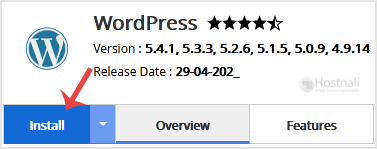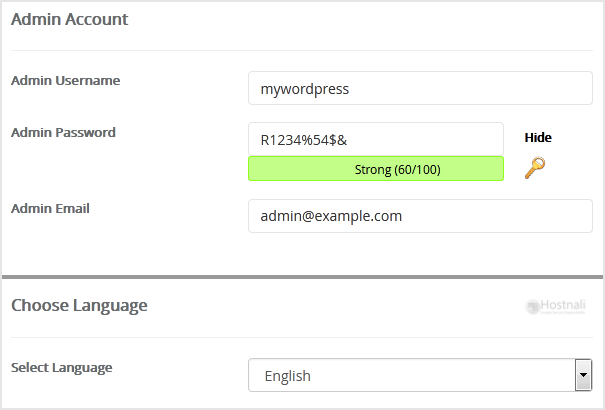In this tutorial I will show you How to Install WordPress via Softaculous in cPanel?
1. The first thing is to Log into your cPanel account.
2. Within the Software section, open the app installer by clicking on the Softaculous App Installer icon.
3. You will be redirected to the Softaculous Panel.
4. On the left sidebar, you should find the Blogs category. Click on it after which click on the WordPress hyperlink that appears.
5. Click on the Install button
6. Fill the required field below the Software Setup area:
-
- Select the version you need to install: You possibly can leave this as it is.
- Select Installation URL: Select the suitable protocol/domain. Contained in the “In Directory” field, should you need to set up this in a directory, i.e. hostnali.co.ke/directory, enter the directory name. In any other case, leave it clean to put in in your main domain, i.e. hostnali.co.ke
7. Underneath the Site Settings field, enter this info:
- Web site Name: Enter the identity of your web site, such as my first web site.
Web site Description: Your website description. - Allow Multisite (WPMU): Leave this as it is.
8. Underneath the Admin Account field, enter the following info:
- Admin Username: Your new WordPress username (for security reason don’t use the Administrator or the Admin username.
- Admin Password: Use a powerful password.
- Admin E mail: Your e-mail address.
Note: You need to remember the username and the password because you’ll need these login particulars to access the admin backend of your WordPress blog later.
9. Choose Language: You possibly can select the language of your WordPress blog. The default language of WordPress is English.
10. Select Plugin(s): You possibly can skip this or choose plugins you want to set up.
11. Advanced Options: Leave this as it’s unless you want to change the database name or take an automatic backup. Please, notice that creating frequent backups might take a whole lot of disk space.
12. Select Theme: You possibly can choose any available theme. If you do not need to do that, leave it as it’s, and WordPress will use its default theme.
Lastly, scroll right down to the end of the web page and click on the Install button.




